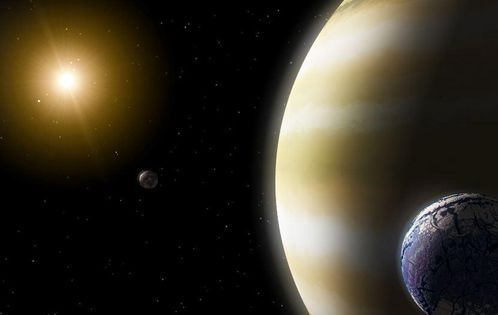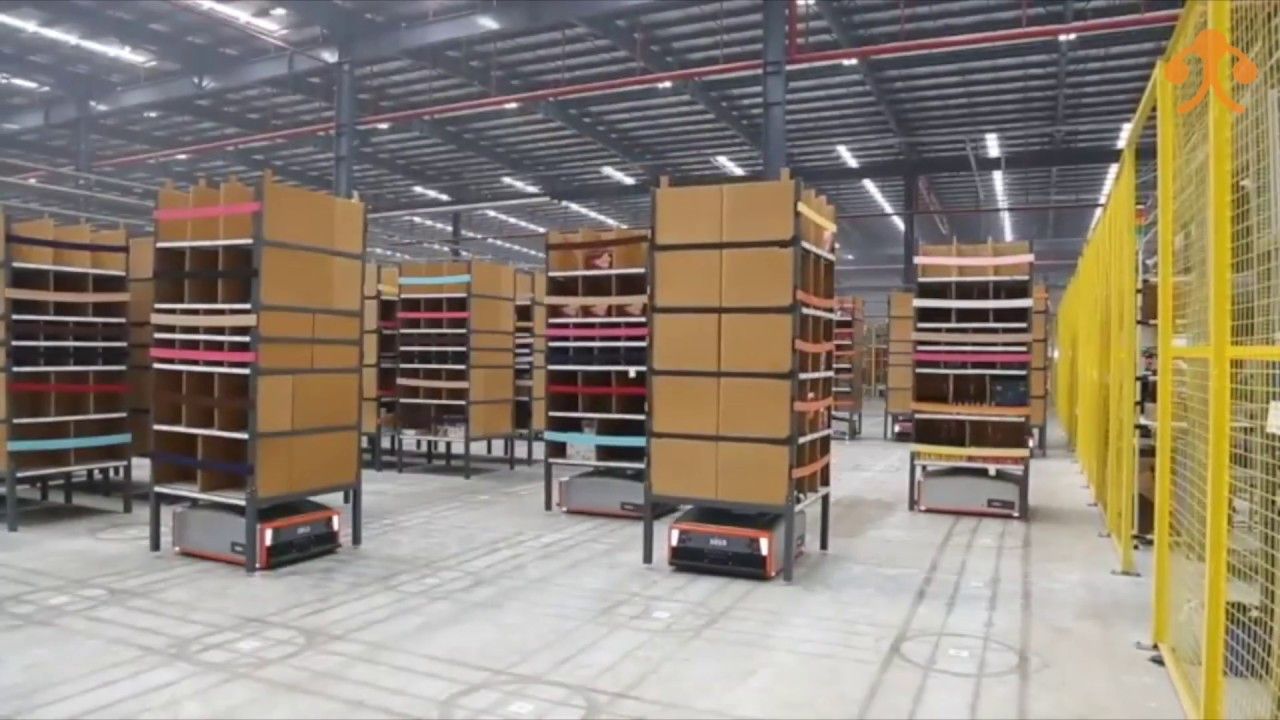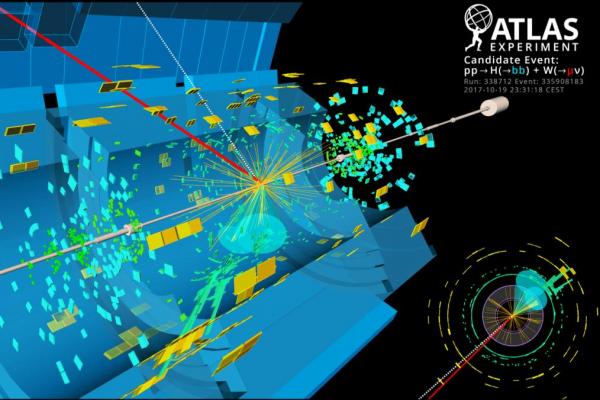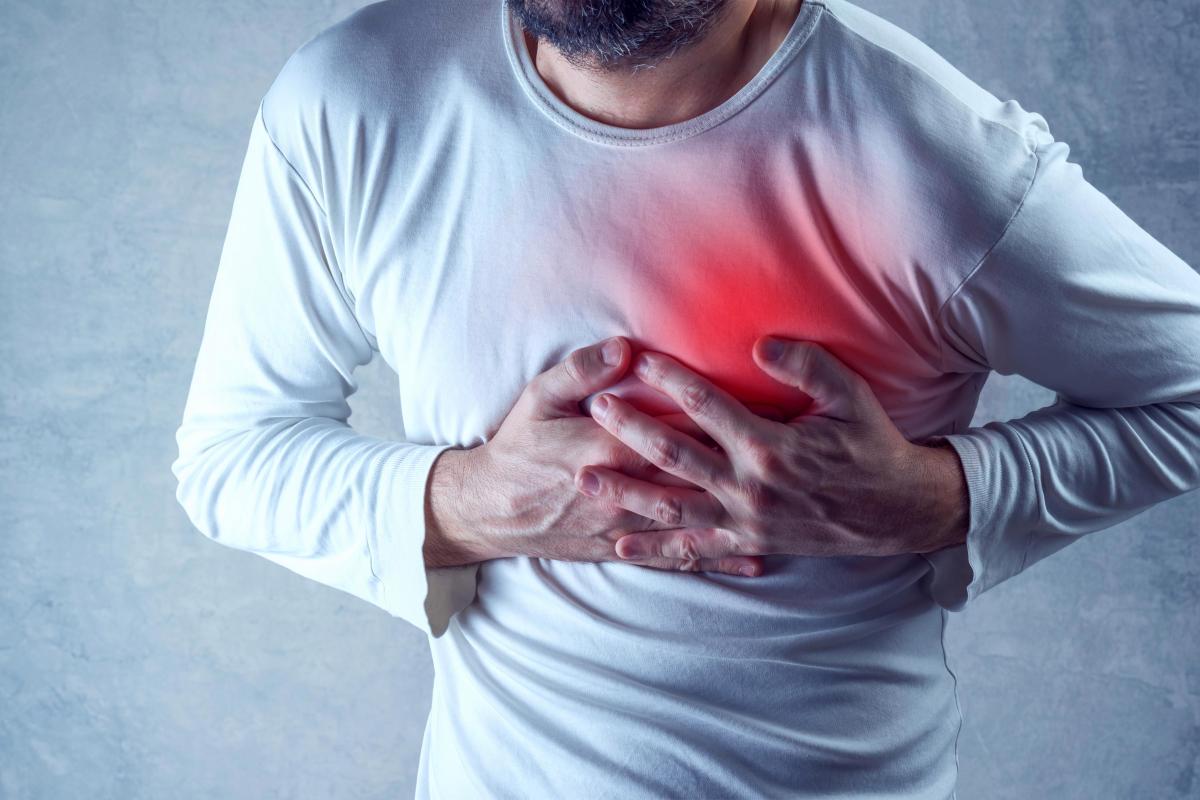But they can’t say much more — for now.


This video is the second in a three-part series discussing global internet connectivity. In this video, we’ll be discussing the Earth-based, more specifically, stratosphere based initiatives to bring internet connectivity to the entire planet.
[0:30–5:30] Starting off we’ll take a look at Google’s bid to bring internet connectivity to the planet, dubbed, Project Loon. As well as, the importance of a hyper-connected society, for example, aiding in disaster relief efforts.
[5:30–9:30] Following that we’ll take a look at Facebooks initiative titled, Project Aquila. As well as, discuss the benefits of each initiative in bringing connectivity to the planet.
Subscribe ➤ http://subscribe.singularityprosperity.com/youtube
This AI can JUDGE how attractive you are and more… and it could be a dangerous sign of things to come.
Amandeep Gill has a difficult job, though he won’t admit it himself. As chair of the United Nations’ Convention on Conventional Weapons (CCW) meetings on lethal autonomous weapons, he has the task of shepherding 125 member states through discussions on the thorny technical and ethical issue of “killer robots” — military robots that could theoretically engage targets independently. It’s a subject that has attracted a glaring media spotlight and pressure from NGOs like Campaign to Stop Killer Robots, which is backed by Tesla’s Elon Musk and Alphabet’s Mustafa Suleyman, to ban such machines outright.
Gill has to corral national delegations — diplomats, lawyers, and military personnel — as well as academics, AI entrepreneurs, industry associations, humanitarian organizations, and NGOs in order for member states to try to reach a consensus on this critical security issue.
The subject of killer robots can spark heated emotions. The Future of Life Institute, a nonprofit that works to “mitigate existential risks facing humanity” such as artificial intelligence, launched its sensationalistic short film Slaughterbots at a side event hosted by the Campaign to Stop Killer Robots at the CCW’s meetings last November. The film, which depicts a dystopian near-future menaced by homicidal drones, immediately went viral.


Aug. 28 (UPI) — Particle physicists have finally witnessed the decay of a Higgs boson particle into two bottom quarks.
Models predict Higgs boson particles decay into two bottom quarks 60 percent of the time. Bottom quarks, or b quarks, are the second heaviest of the six types of quarks.
Scientists have struggled to directly observe the predicted decay. Several types of proton-proton collisions can produce bottom quarks, making it difficult to link quarks produced by particle collisions with decaying Higgs boson particles.

A NEW scan can predict heart attack risks five years in advance.
Experts say the “game-changing” advance spots problems in one in ten patients currently getting the all-clear.
It scours ordinary CT scans to detect missed warning signs.


WASHINGTON — A startup company planning to develop orbital propellant depots to assist satellite servicing ventures has raised an initial round of funding to support a first launch as soon as next year.
Orbit Fab, a Silicon Valley-based company with about a dozen employees, said Aug. 28 that a round of funding led by venture capital firm Bolt will enable it to demonstrate technology for fuel tanks that could be used by future satellite servicing systems.
“We differentiate ourselves from the satellite servicing operators in that we’re looking to put up just dumb tanks full of propellant, to provide that propellant where it’s needed, and we’re looking to partner with the satellite servicing operators to help improve their business models,” said Daniel Faber, chief executive of Orbit Fab, in an interview.
In a best-of-three match, two teams of pro gamers overcame a squad of AI bots that were created by the Elon Musk-founded research lab OpenAI.
AI bots made by the Elon Musk-founded research lab OpenAI were defeated by human pro gamers at Dota 2 at The International. The loss was not completely unexpected, but it’s still an unusual knock back for the seemingly unstoppable march of AI. Here, we explain what the matches really meant.